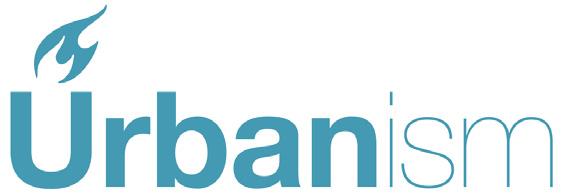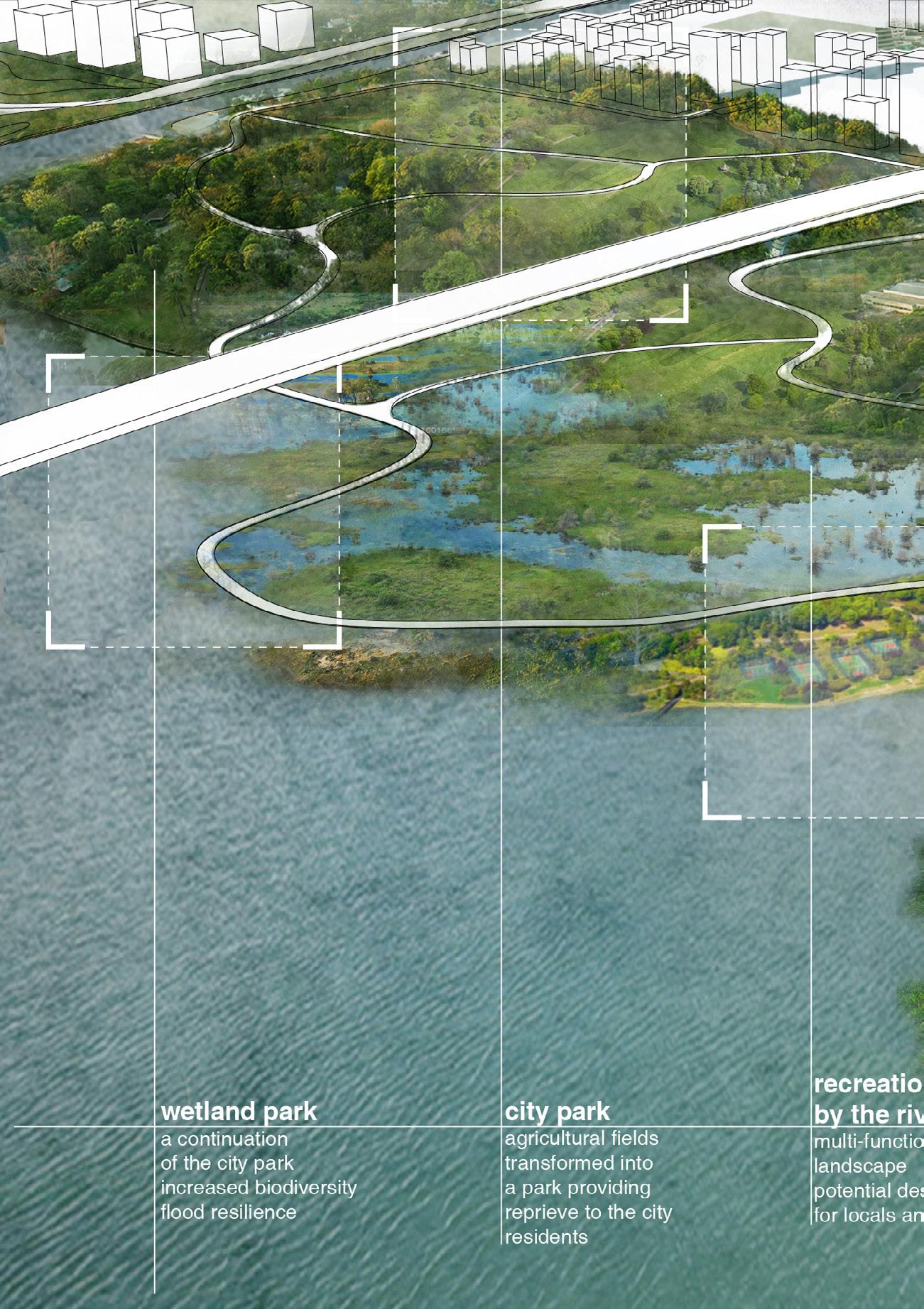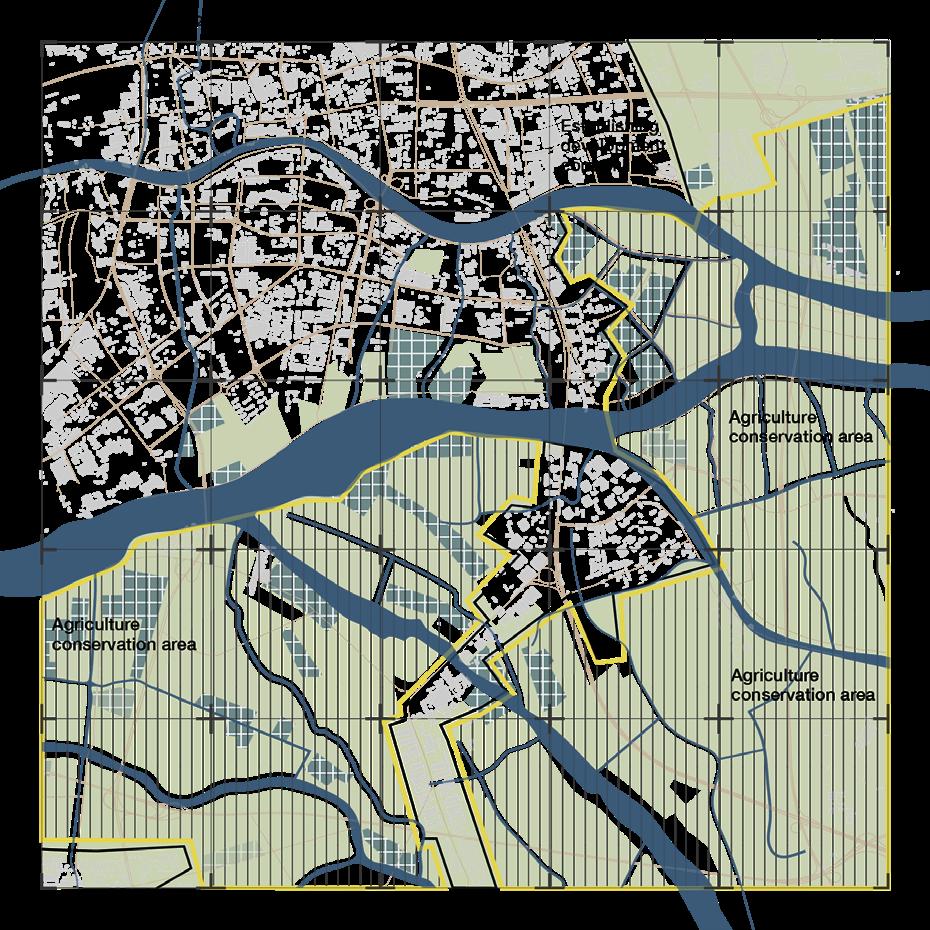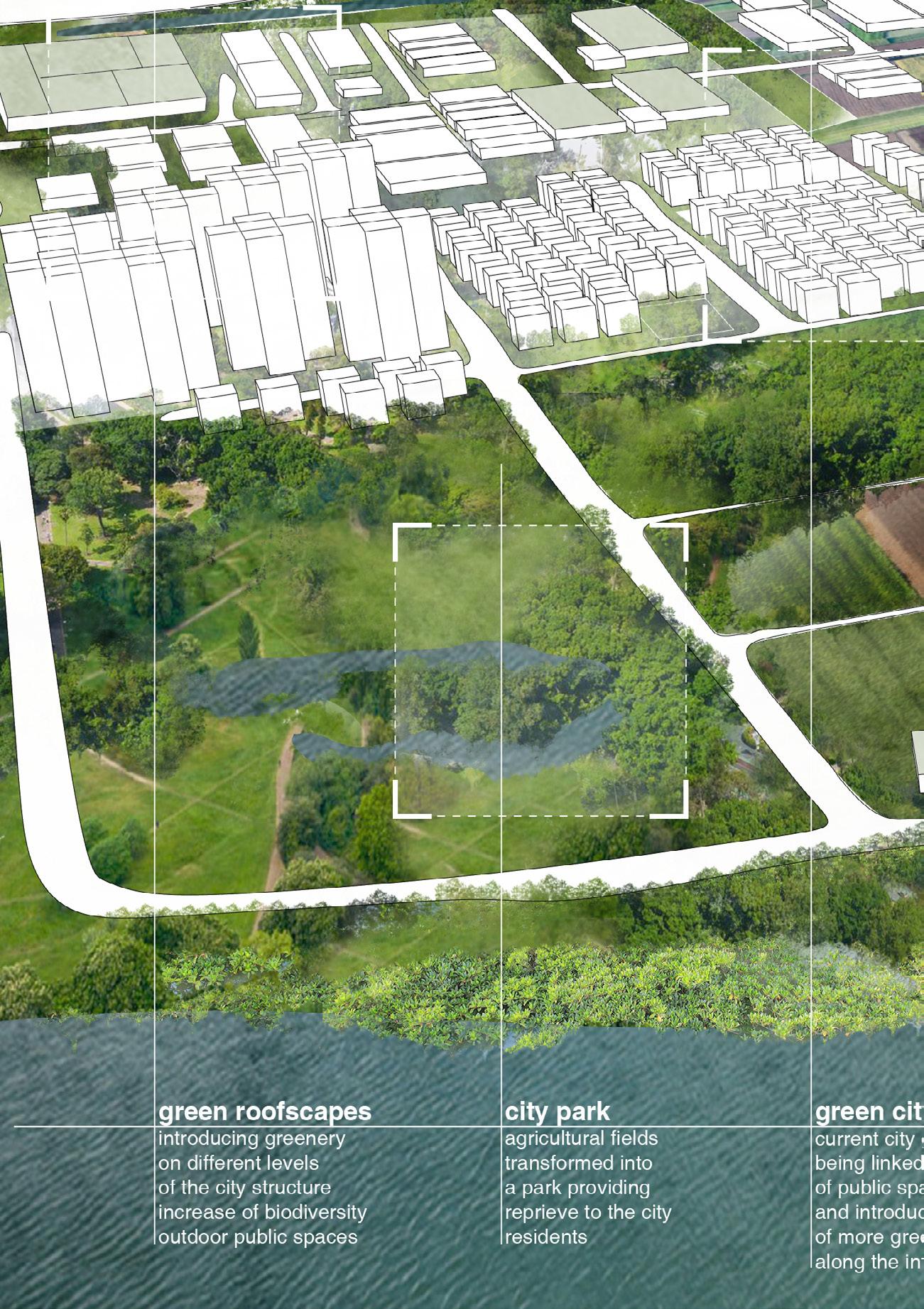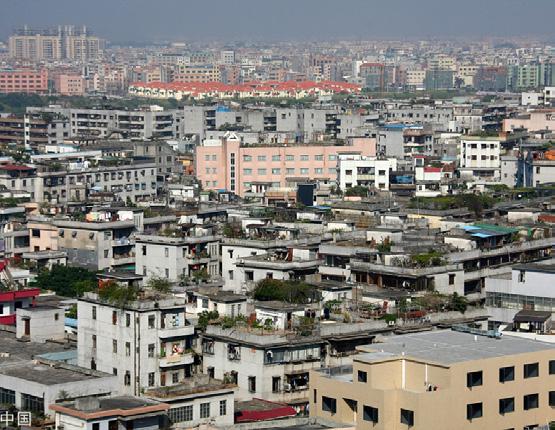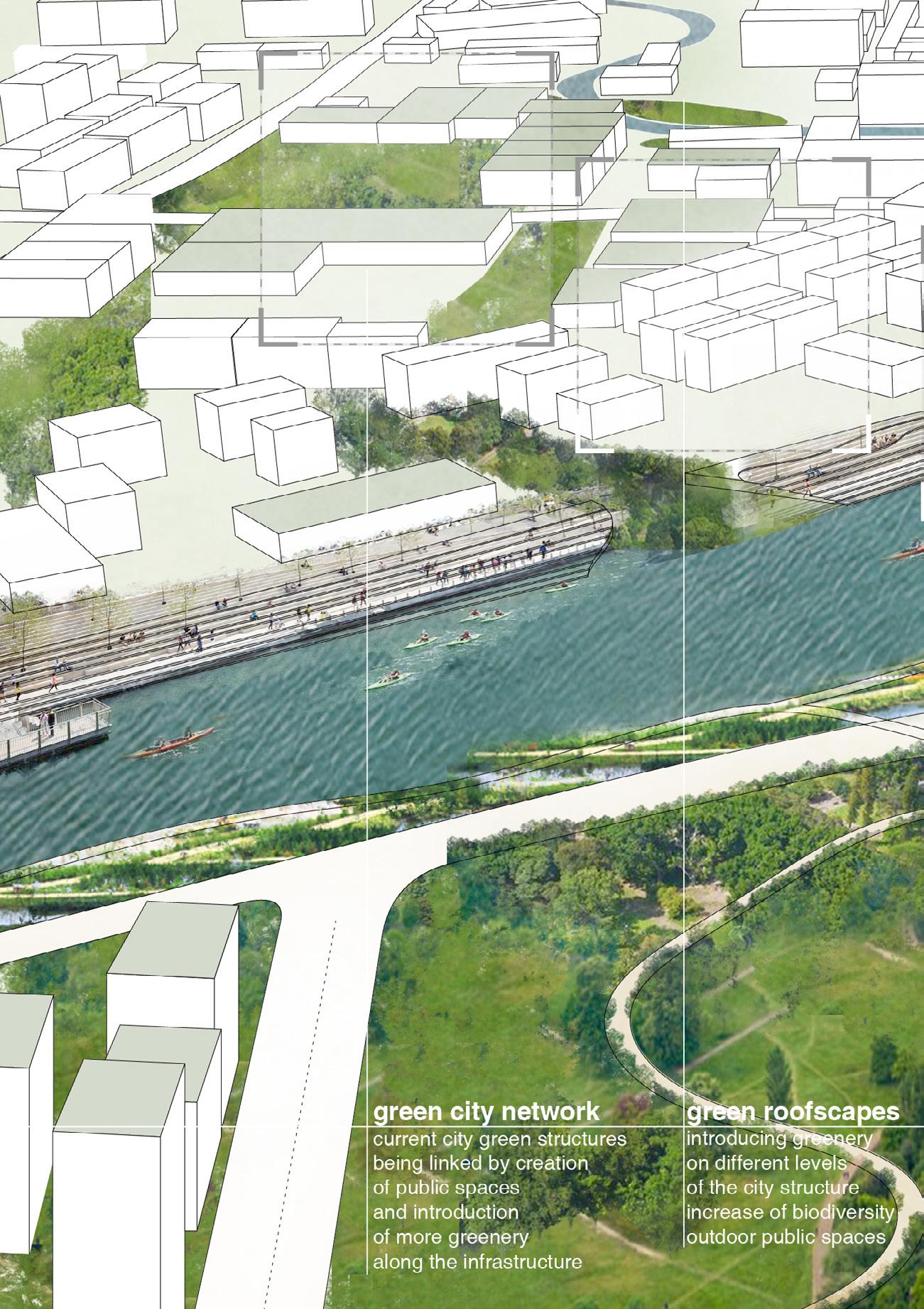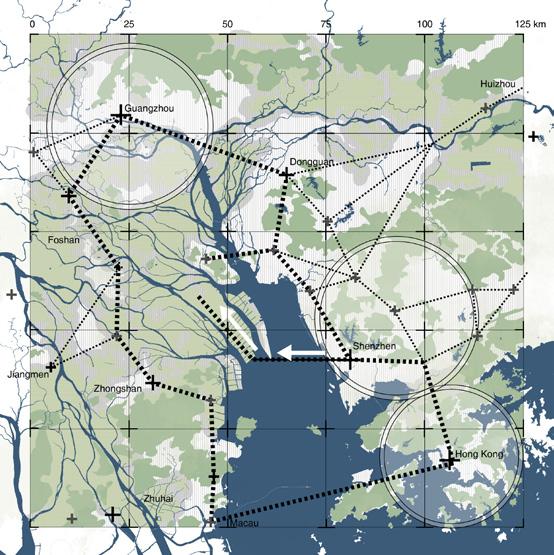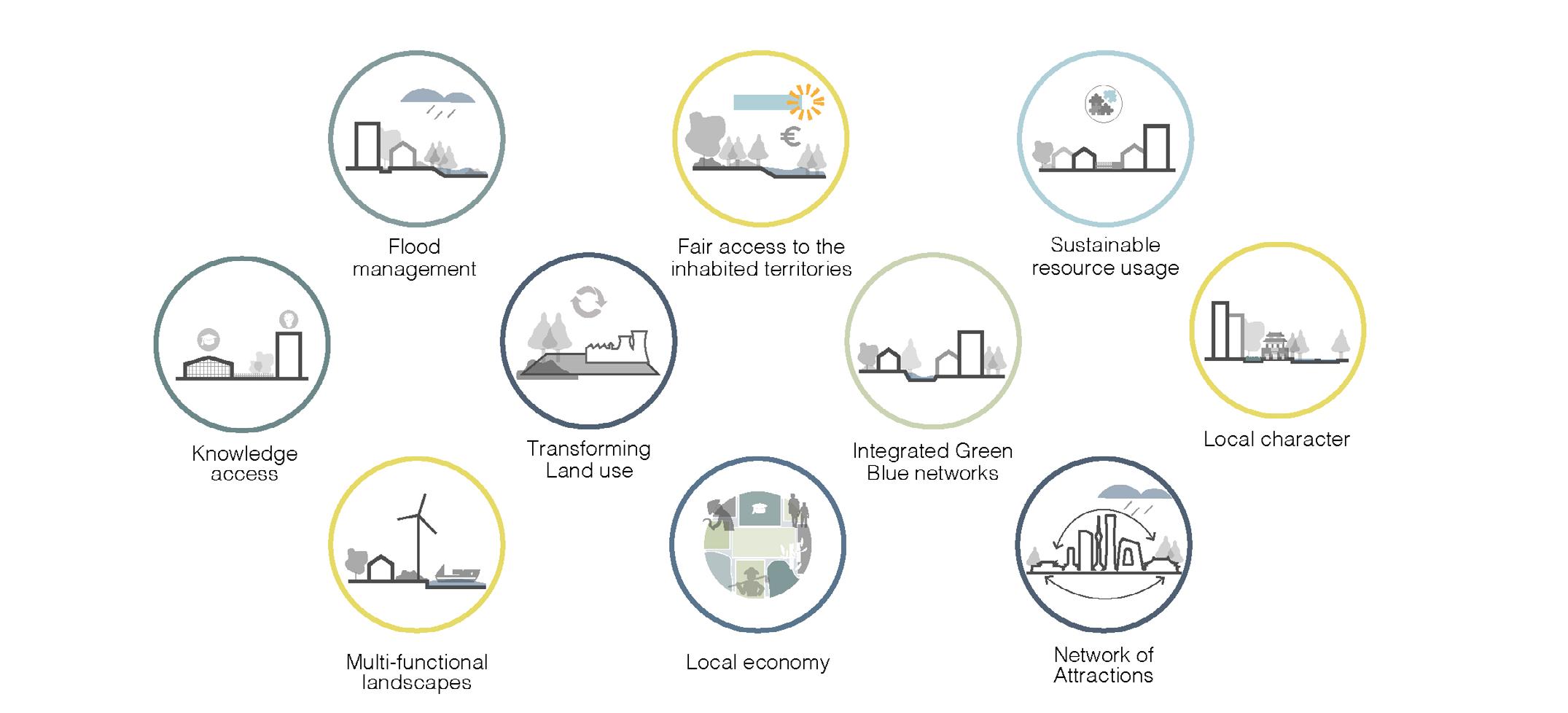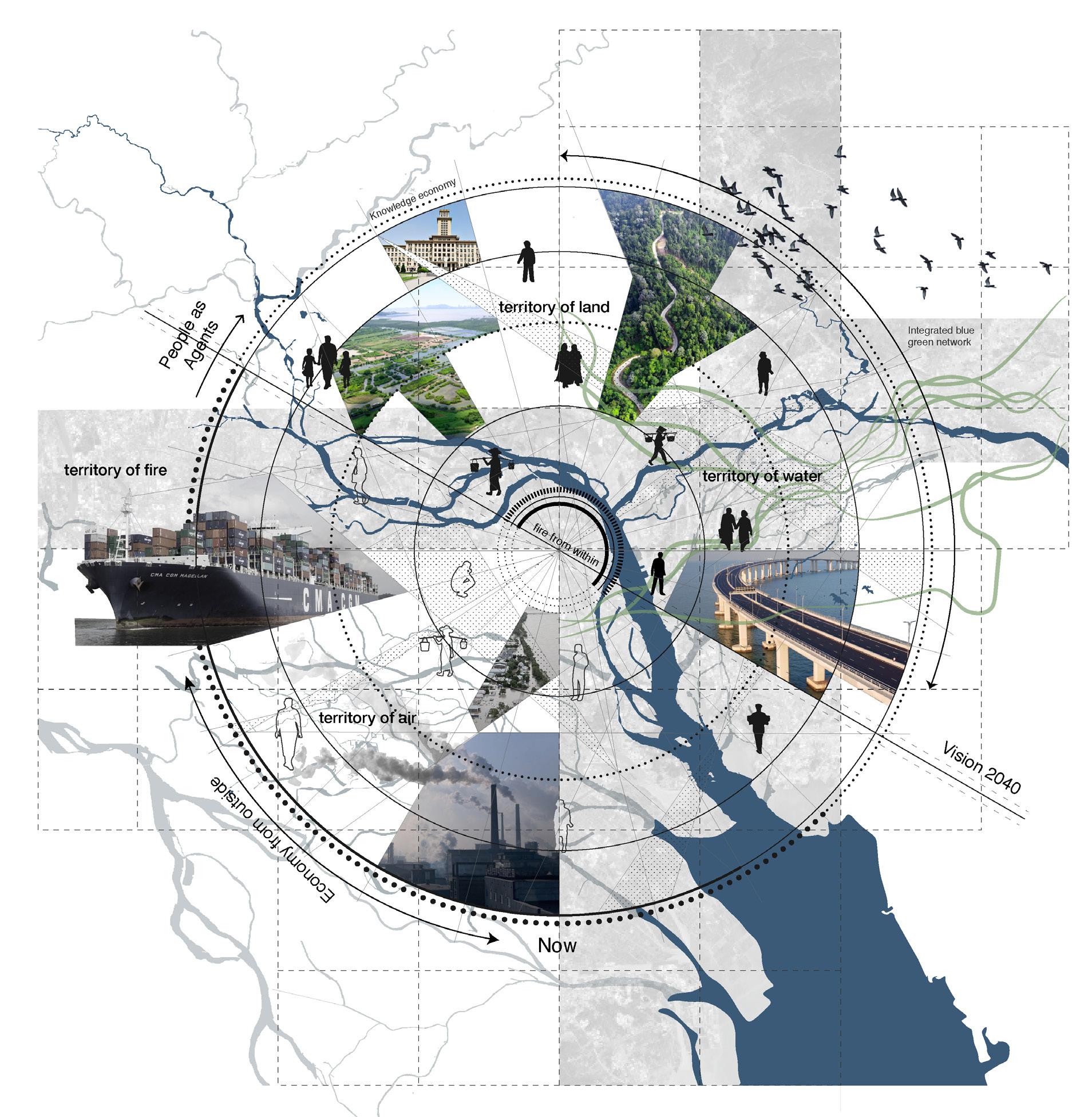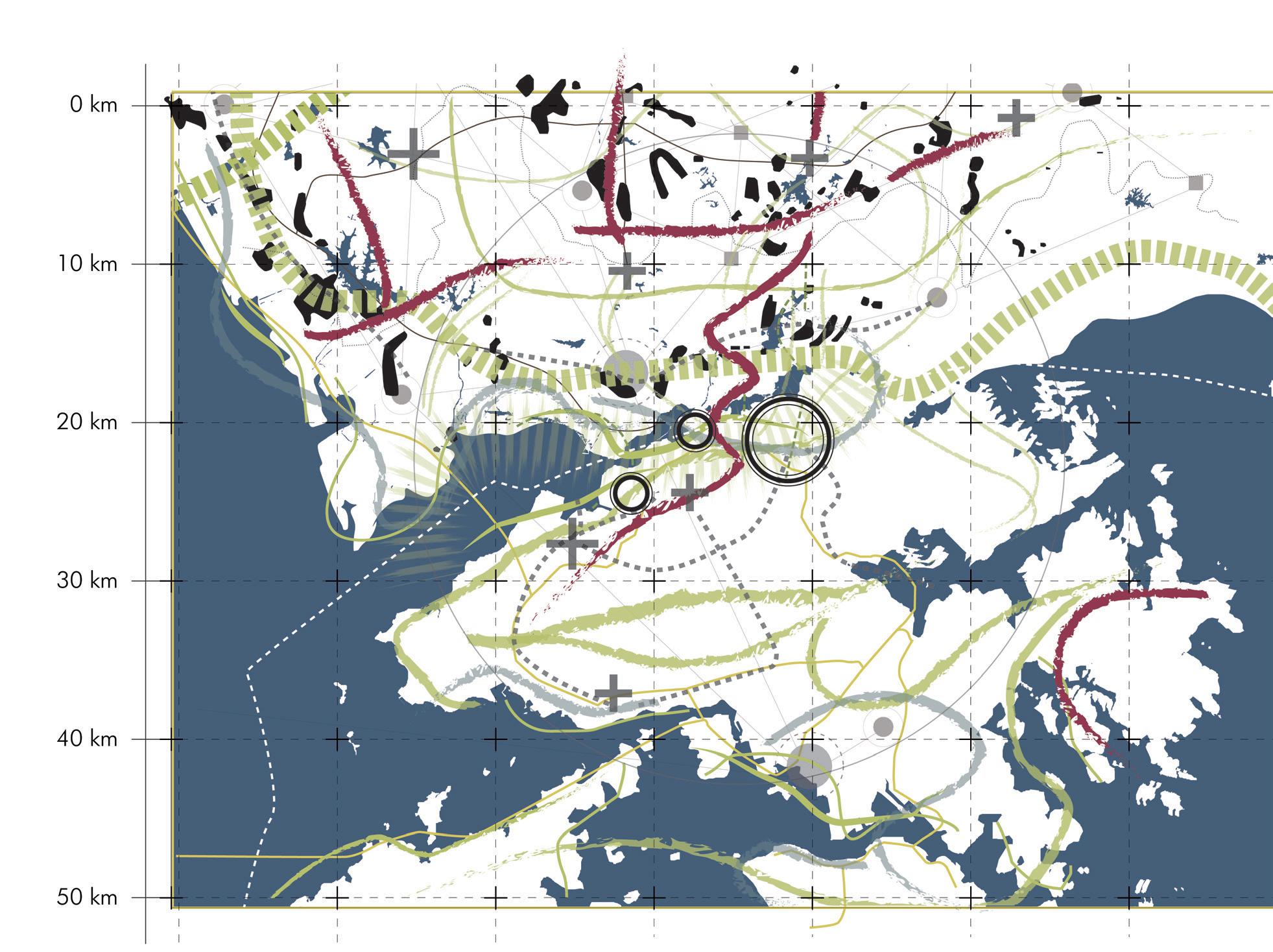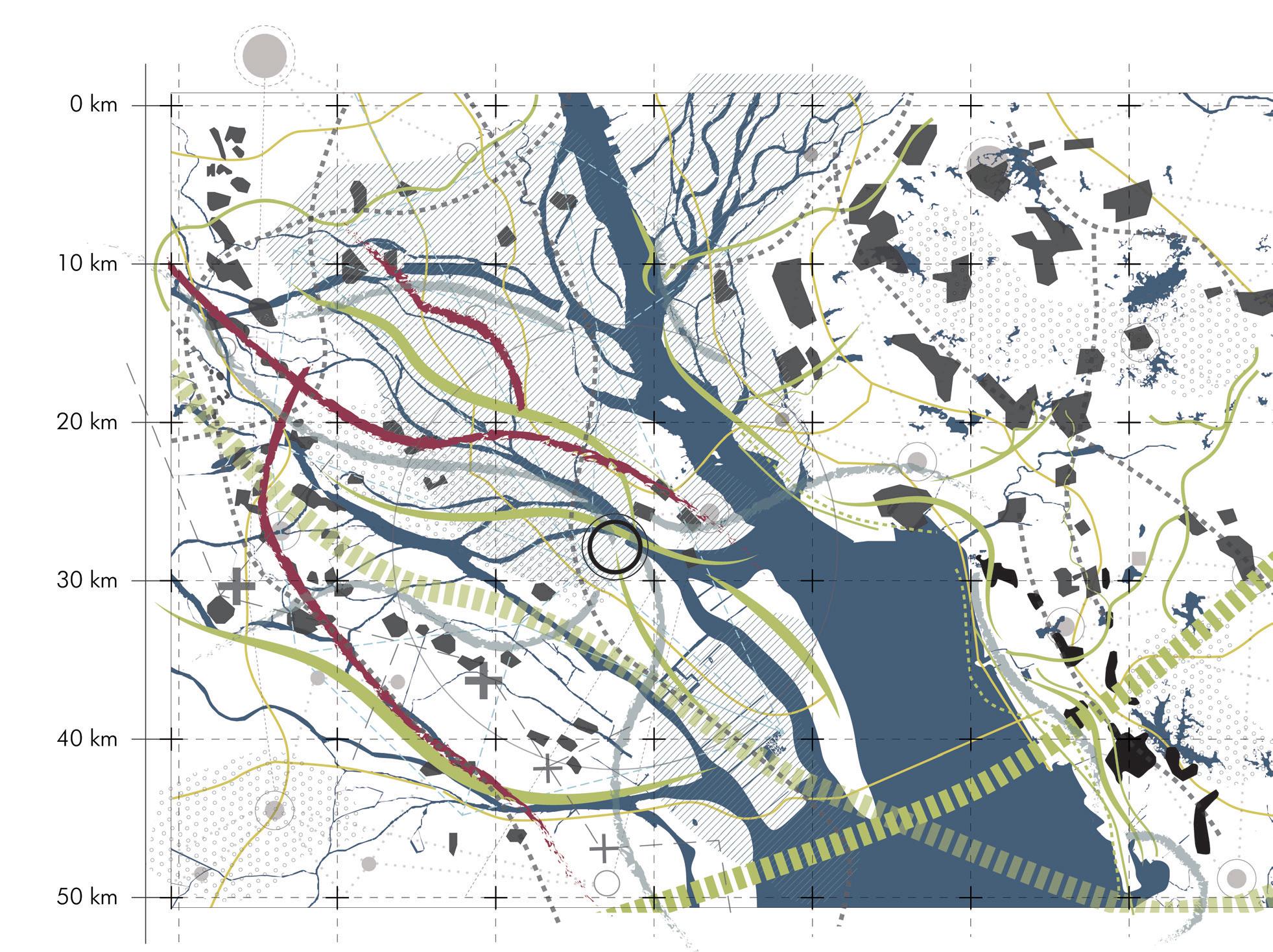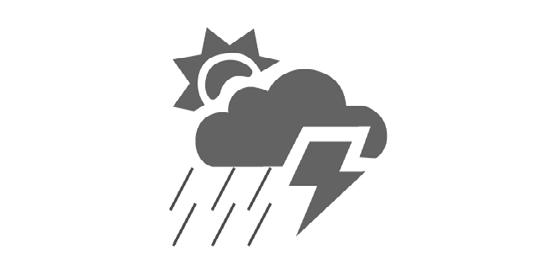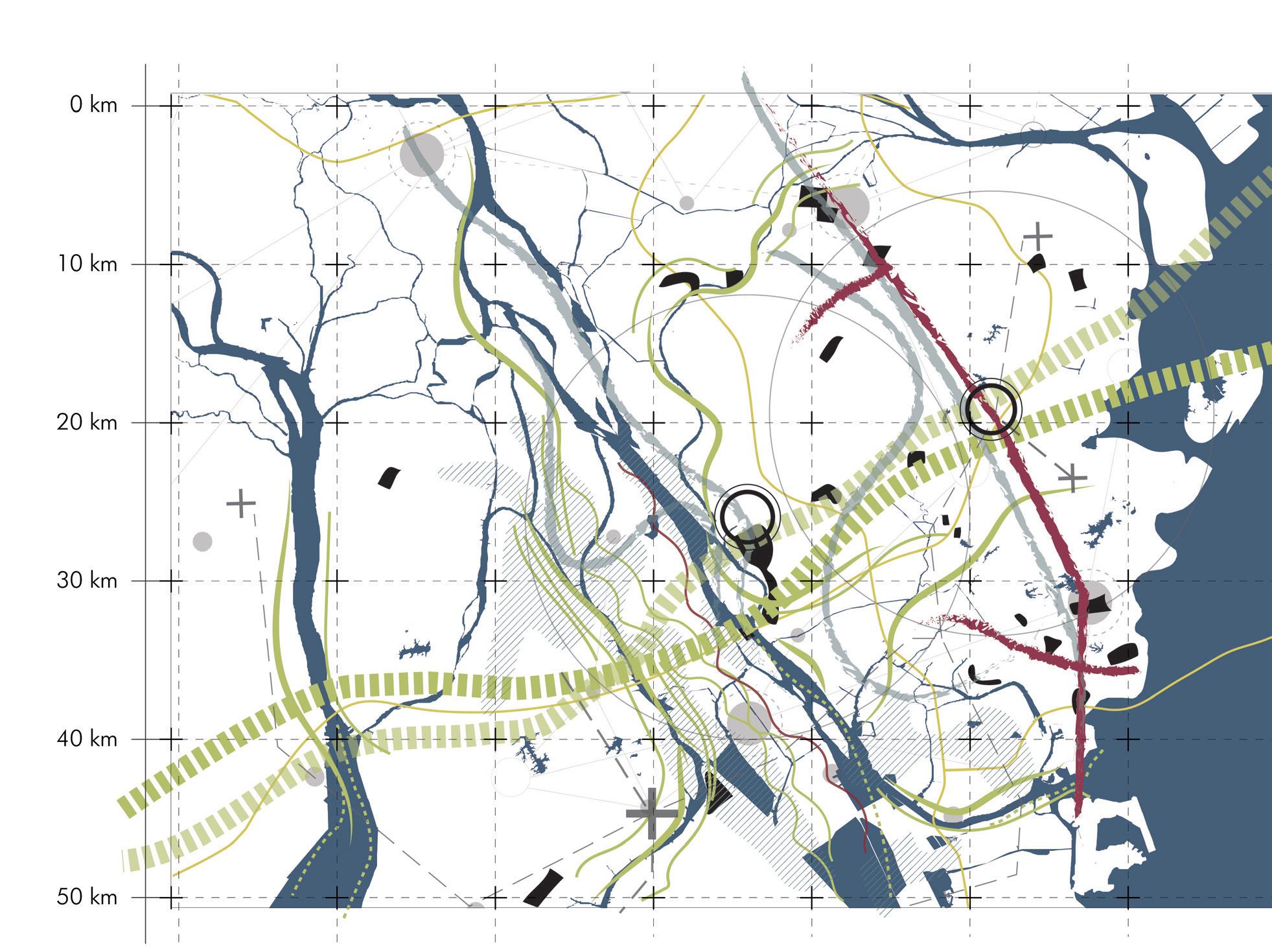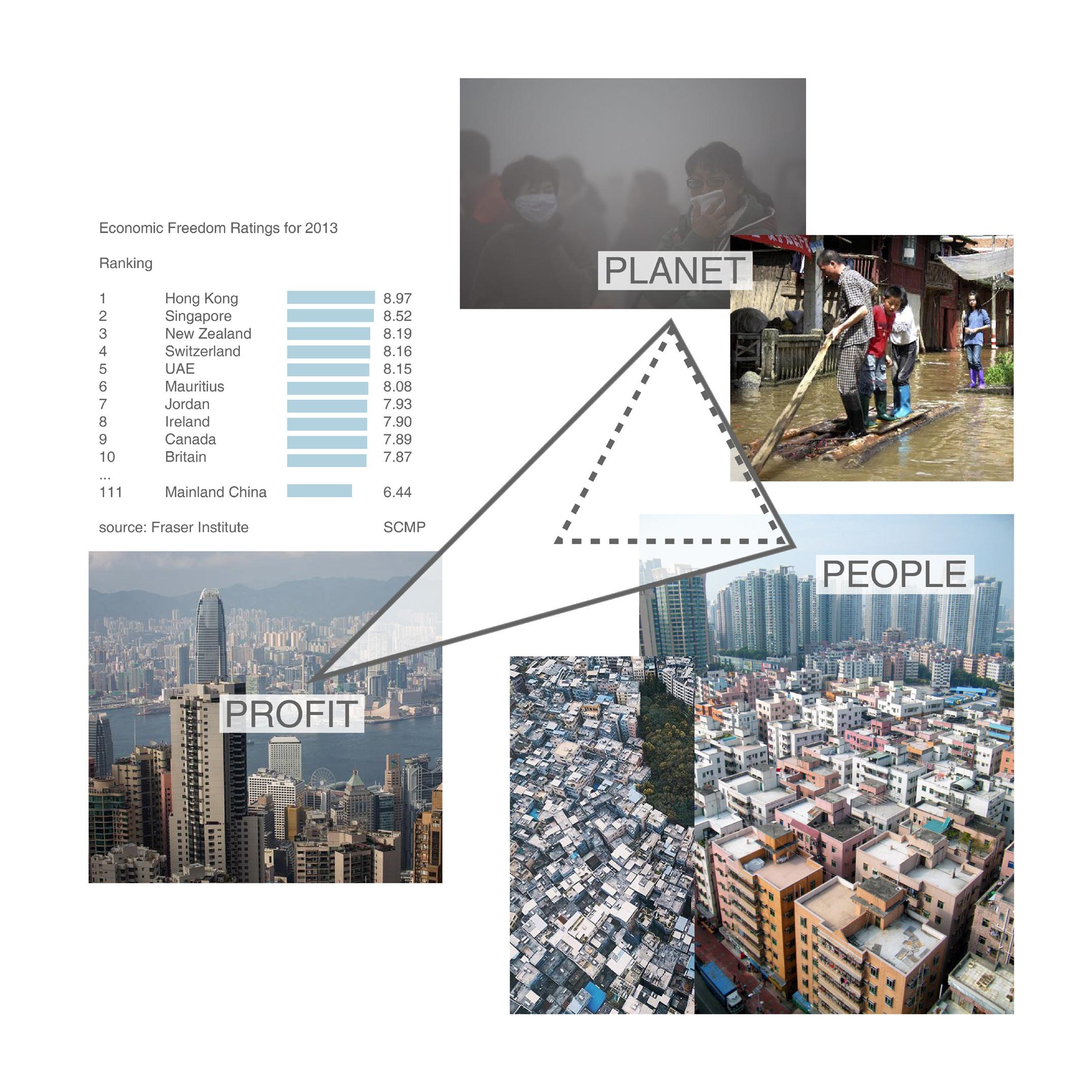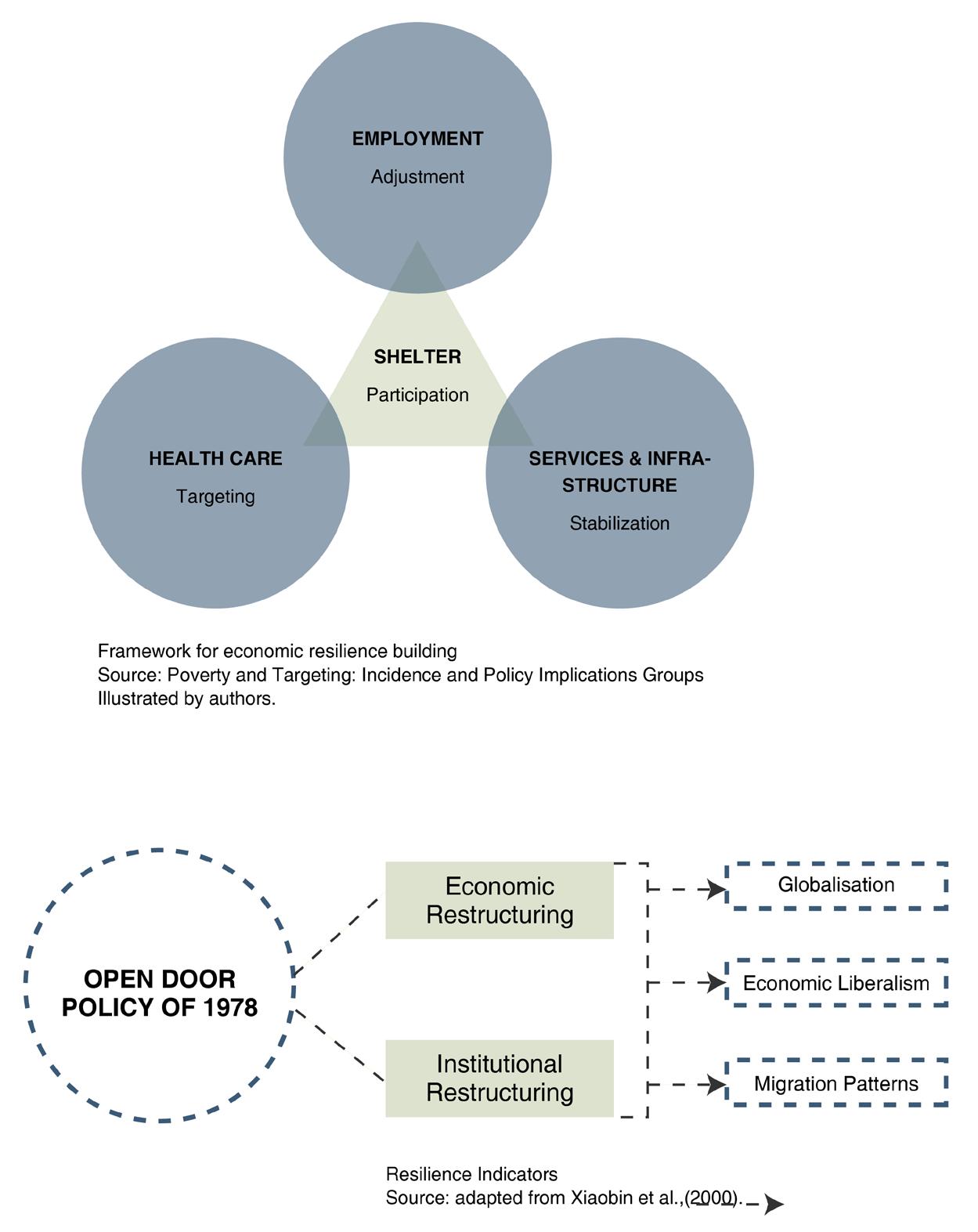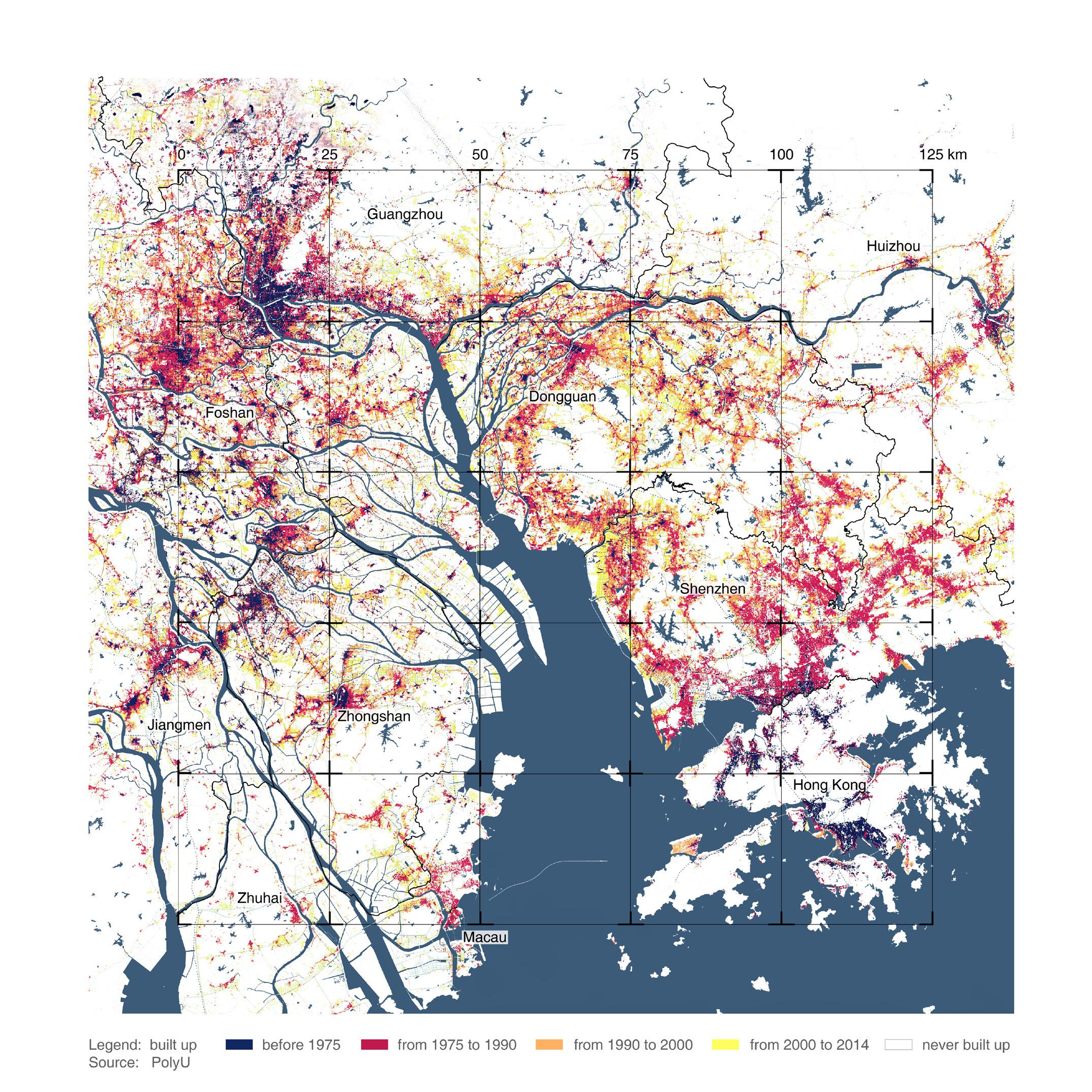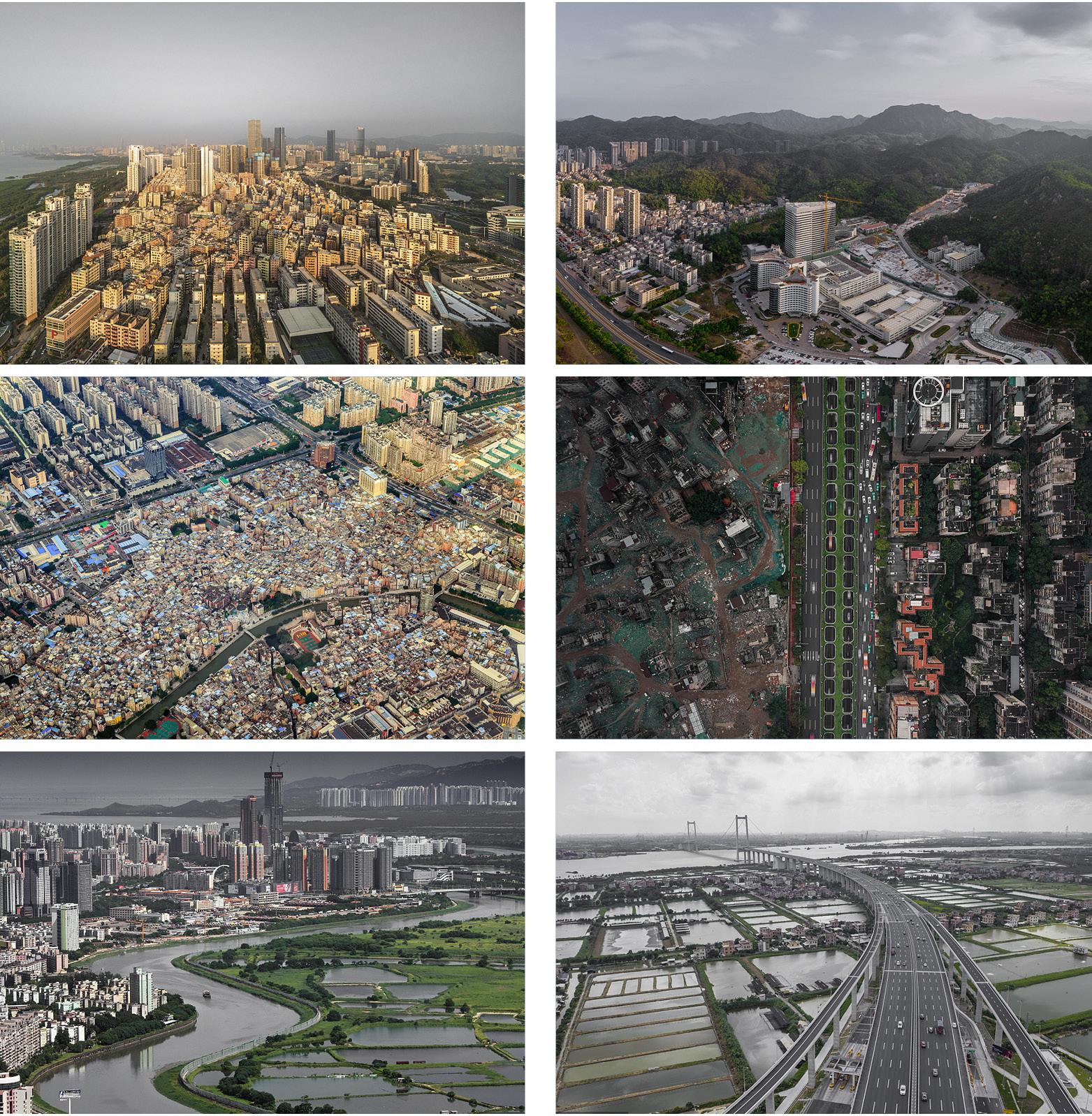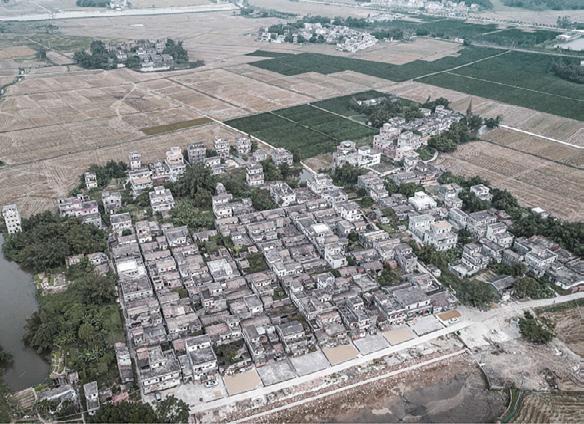Conceptual framework Which theories form the basis of our concept? Which theories were used to answer the research question?
With the open-door policy of 1978 (Xiaobin, 2004), the region of Greater Bay Area underwent a swift economic restructuring, transforming from the agricultural sector to industrial, manufacturing and service-based economies subsequently. Through our research, we identified patterns of negative consequences caused by this economic drive in the region. The current development model based on efficiency and high profits is detrimental to people and the environment. The project’s goal is to shape the transition from a profit-driven economy to a people-ecologic centric growth. It also addresses the demands on urban cores and the plethora of vulnerabilities that are plaguing GBA. A body of literature was studied to understand the region and resolve these challenges. This chapter explains the conceptual foundation of this transition. The foundation is mainly based on the following theories. Resilient thinking, Territories of inhabitation, Transitioning people from 16
passive actors to active agents of change, Knowledge distribution. RESILIENCE BUILDING While the market liberalisation in GBA led to high levels of employment and growth of urban centres, they have also contributed to negative consequences on the ecological systems like high levels of migration, loss of biodiversity, the disappearance of mangrove forests, water scarcity, air pollution and exposed millions of people to environmental hazards (Zhijia, 2015) (Chan et al., 2013). The inequalities in the region express themselves in stresses, unhealthy lifestyles and unjust claims over natural systems and territories (Lankao, 2011). These contribute to the growing environmental criticalities and social-economic vulnerabilities. Vulnerability is the exposure of groups of people, individuals or systems to external or internal stresses. (Adger, 2000). Social
vulnerability generally means disruption to livelihoods and loss of security. Stresses could be defined in both social and ecological terms. Social stresses could mean a lack of income and resources, civil strife, impending war and other factors (Chambers, 1989). Ecological stresses could mean potentially irreversible changes to the environment that might create an impact on human life that is dependent on it like flooding, heat strokes, droughts etc. Resilience increases the capacity to cope with stress and can be. considered a solution to deal with vulnerability. Building resilience needs to be an integral component of climate adaptation, environmental management, regional economic development and strategic planning of the Greater Bay area to address the prevalent challenges. Resilience is broadly described as the capacity to bounce back (Davoudi, 2012). There are three broad classifications of this which are constantly overlapping: social, economic and


